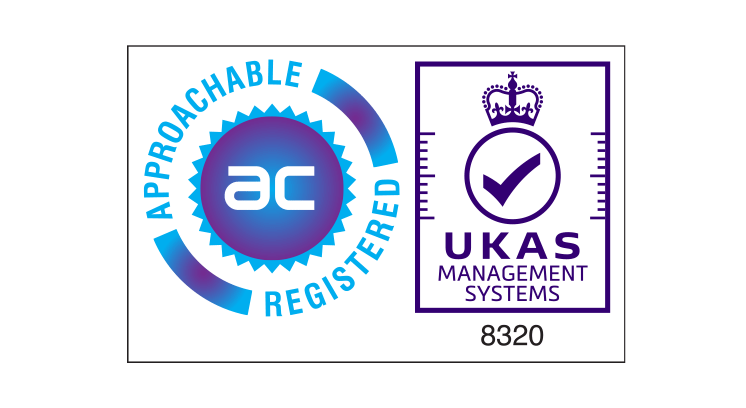In certain sectors, the concept of creating complete schedules each day isn’t ideal. Instead the preference is to take a more reactive and short term approach to the scheduling of work. For this scenario, Optimise offers organisations to benefit from a dynamic dispatch feature.
This features means that an item of work is only scheduled to an operative once they have completed their current job. Elements that may affect the work that is scheduled, such as operative location, skill set and priority of work, is still taken into full consideration. The main difference in this circumstance is that instead of receiving a list of jobs to complete over the course of the day, each field worker only receives one job at time, providing the organisation with extreme flexibility.














